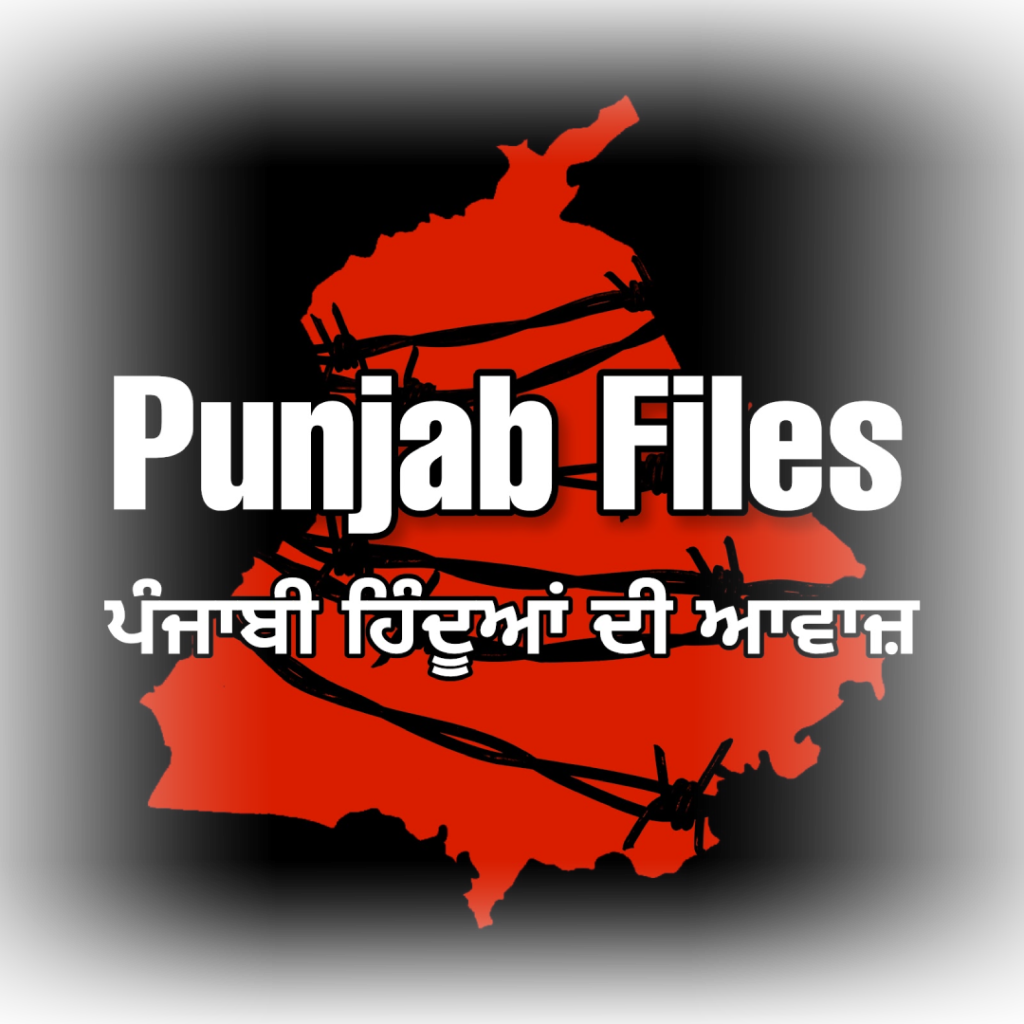The Insurgency in Punjab, from the late 1970s to the mid-1990s, was an armed campaign by the Sikh militant Khalistan movement. Terrorism and corrupted religious campaigns for a separate country and religious identity were the triggers of the insurgency and the aftermath of the killing thousands of Hindus in Punjab. In the 1980s, the SIKH Religious and Political movement evolved into a militant secessionist movement after the perceived indifference of the Indian state in regard to mutual negotiations. Khalistan terrorist leader Jarnail Singh Bhindrawala’s politics and religious propaganda in the Punjab state increased tension between rural Sikhs in Punjab with the union Government of India. Pakistani strategists then began supporting the militant dimension of the Khalistan movement.
Under Bhindranwale, the number of people initiating into the Khalsa increased. He also increased the propaganda amongst the populace about the ongoing assault on Sikh values by politicians, alleging their intentions to influence Sikhism and eradicate its individuality by conflating it with Pan-Indian Hinduism.
“600-900 Hindus were already killed by Khalistan Militants before June 1984, OPERATON BLUESTAR”

“Religious Agenda was already pushed to declare Jarnail Singh Bhindrawala as a HIGEST SAINT for SIKHs after the SIKH GURUS ”
On 1 June 1984, Operation Blue Star was launched to remove him and the armed militants from the Golden Temple complex. On 6 June, on Guru Arjan Dev Martyrdom Day, Bhindranwale was killed by the Indian military in the operation. The operation carried out in the Gurudwara caused outrage among the Sikhs and increased the support for the Khalistan Movement. Four months after the operation, on 31 October 1984, Prime Minister of India, Indira Gandhi was assassinated in vengeance by her two bodyguards, Satwant Singh and Beant Singh. Public outcry over Gandhi’s death led to the slaughter of Sikhs in the ensuing 1984 Sikh Massacre. These events played a major role in the violence by Sikh militant groups supported by Pakistan and consumed Punjab until the early 1990s when the Khalistan movement was eventually crushed in Punjab.
In the mid-1990s, the insurgency petered out, and the Khalistan movement failed to reach its objective due to multiple reasons including a heavy police crackdown on civilians and militants, factional infighting, and loss of public support, with the militancy brought under control of law enforcement agencies by 1993.
Reduction in Violent Attacks
Between 1987 and 1991, Punjab was placed under an ineffective President’s rule and was governed from Delhi. Elections were eventually held in 1992 but the voter turnout was poor. A new Congress(I) government was formed and it gave the Chief of the Punjab Police (India) K.P.S. Gill a free hand.
Under his Command, police had launched multiple intelligence-based operations like Operation Black Thunder to neutralize Sikh militants. Police were also successful in killing multiple High-value terrorists thus suppressing the violence and putting an end to mass killings.
By 1993, the Punjab insurgency had petered out, with the last major incident being the Assassination of Chief Minister Beant Singh occurring in 1995.
1,714 security personnel, 7,946 militants, and 11,690 non-combatants were killed throughout the conflict as per Govt. Data.
Many sources have stated higher figures for non-combatant deaths.






